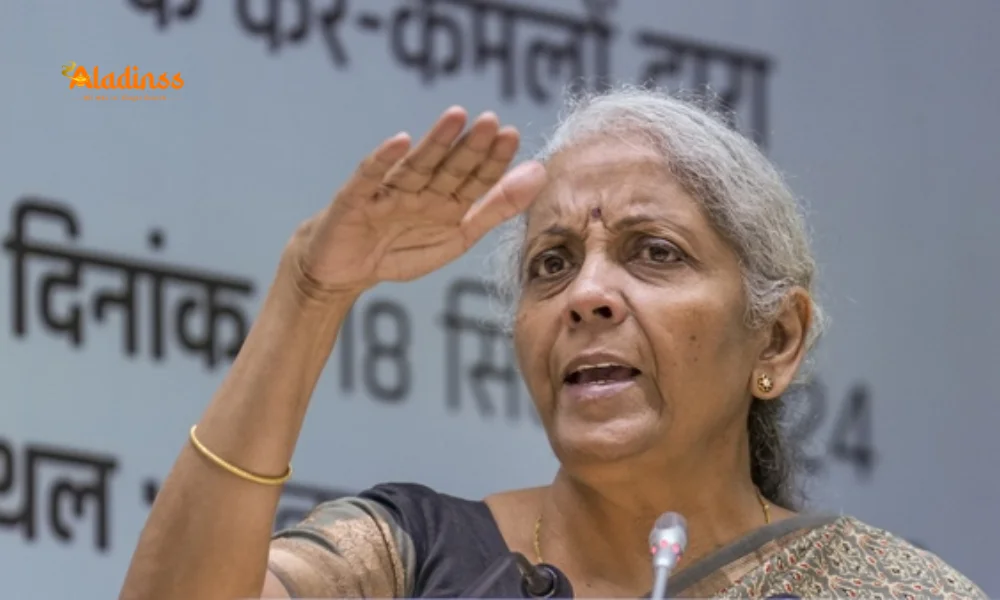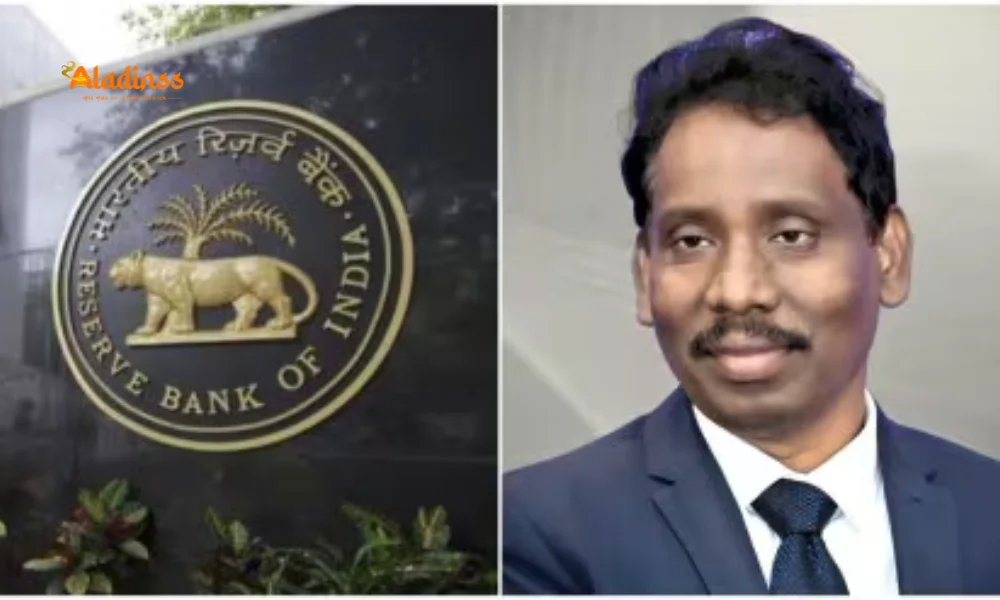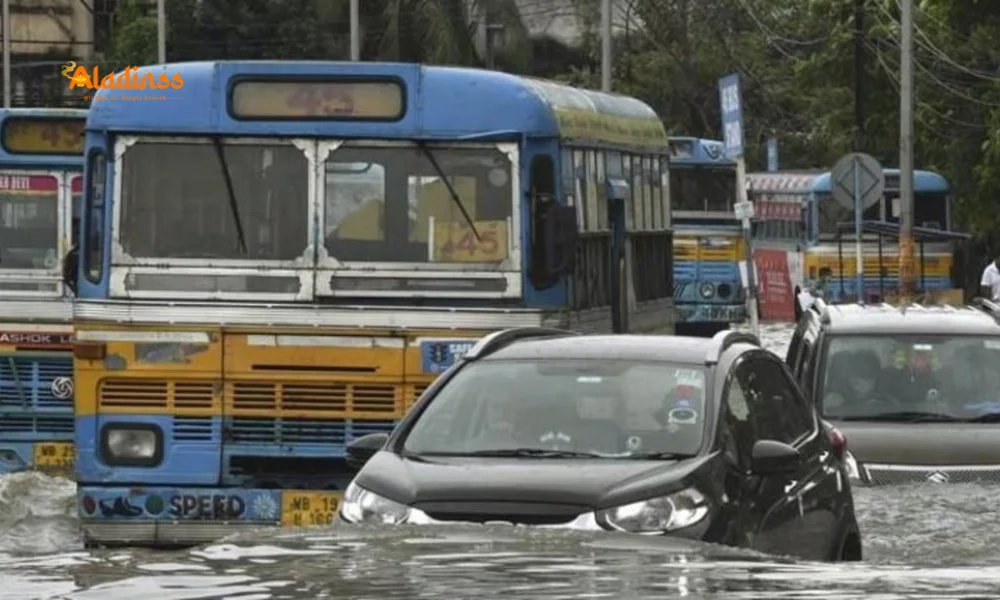Trump Gaza Deal Close, Netanyahu UN Speech Defiant
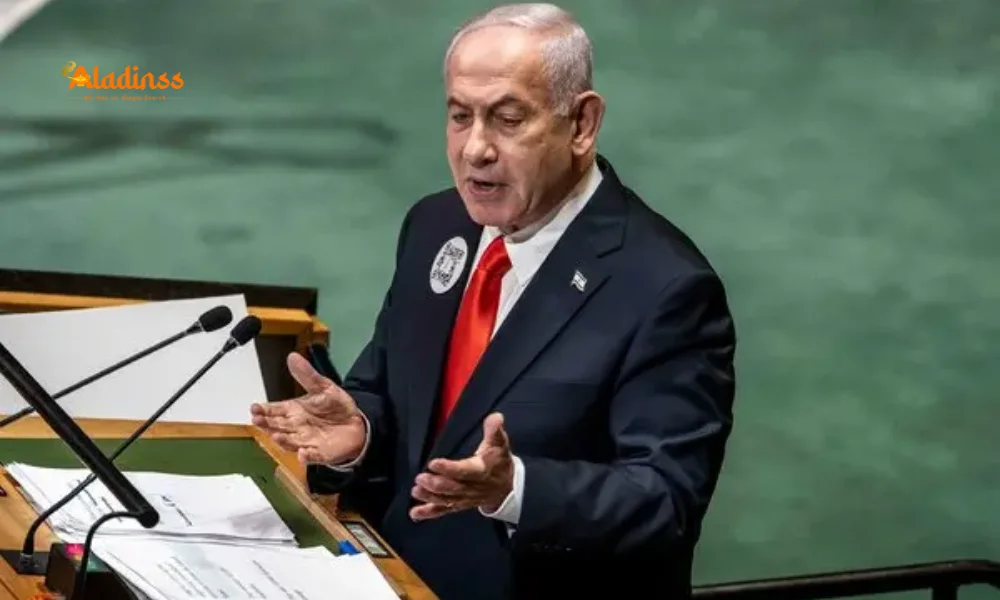
Trump Signals Gaza Deal Nears, Eyes Hostage Release and Peace
US President Donald Trump has announced that a Gaza deal is close, raising hopes for a resolution to the Israel-Hamas war that began with the devastating October 7, 2023, attack. Speaking recently, Trump expressed confidence that negotiators are on the cusp of an agreement to secure the release of hostages held in Gaza and end the conflict, which has claimed 65,502 lives per the Hamas-run health ministry. His remarks signal a renewed international focus on achieving peace in Gaza, as Israeli forces intensify their campaign in Gaza City, described as Hamas’s last stronghold.
“We’re very close to a Gaza deal that will bring the hostages home and end the war, leading to peace,” Trump stated, highlighting the potential for a historic breakthrough. The announcement comes amid a surge in diplomatic efforts to address the staggering civilian toll and halt the violence that has displaced millions. The conflict, now in its second year, has drawn global scrutiny, with Trump’s optimism offering a glimmer of hope for stability in a region marred by the Iran terror axis.
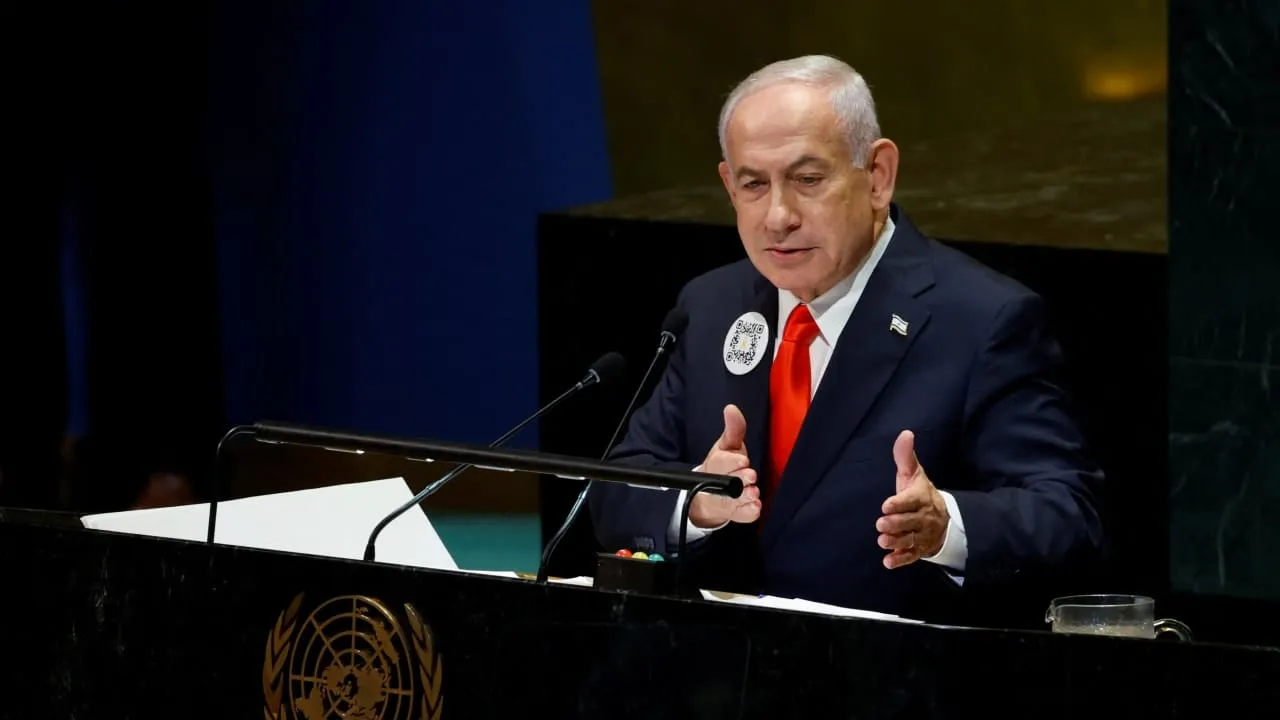
The push for a Gaza peace agreement aligns with intensified military operations targeting Hamas leaders and their infrastructure. Trump’s comments reflect progress in backchannel talks involving key regional players, aiming to dismantle the networks fueling the unrest, including Hezbollah and the Houthis, both linked to Iran’s masterminding terror axis.
Netanyahu’s Defiant UN Speech Targets Iran’s Role
Concurrently, Israeli Prime Minister Benjamin Netanyahu delivered a fiery address at the UN General Assembly 2025, accusing Iran of orchestrating a terror axis involving Hamas, Hezbollah, and the Houthis. His speech, marked by a dramatic walkout of dozens of delegates, underscored the deep divisions over Israel’s Gaza offensive. Netanyahu wore a QR code symbol on his lapel, representing his government’s determination to continue the fight for hostages languishing in Gaza, directly addressing their families with a promise of justice.
“Iran’s terror axis threatens world peace, regional stability, and Israel’s existence,” Netanyahu declared, detailing successful operations that targeted leaders of these groups. He emphasized Israel’s resolve to neutralize threats, citing strikes on Hezbollah and disruptions of Houthi activities. The QR code hostages initiative links to footage of the October 7 attack, reinforcing the urgency of securing the captives’ release amid the ongoing Israeli military Gaza campaign.
Israel Rejects Genocide Claims, Defends Civilian Protections
Netanyahu firmly denied targeting civilians, countering a UN report accusing Israel of genocide in Gaza. He highlighted efforts to minimize harm, stating, “We’ve dropped millions of leaflets urging Gaza’s population to evacuate.” This claim contrasts with reports of widespread destruction in Gaza City, where the Israeli offensive has intensified. The debate over genocide Gaza allegations has fueled global criticism, with human rights groups pointing to the staggering deaths and displacement as evidence of disproportionate force.
Netanyahu also condemned the UK and France’s recognition of a Palestinian state, calling it “sheer madness” that rewards terrorism. He argued that such moves undermine efforts to defeat Hamas’s last stronghold and complicate the path to a Gaza deal. The Israeli leader’s stance reflects a broader strategy to maintain pressure on Iran’s proxies while pursuing negotiations for hostage release and war cessation.
Grim Toll of a Two-Year Conflict
The Israel-Hamas war, now in its second year, has exacted a devastating toll. The Hamas health ministry reports 65,502 deaths since October 7, 2023, with civilians bearing the brunt of the conflict. Gaza City, once a bustling hub, lies in ruins, with millions displaced and humanitarian aid struggling to reach those in need. The conflict’s escalation has drawn condemnation for its impact on children, who make up half of Gaza’s population, with schools and hospitals caught in the crossfire.
- Israeli forces have pushed deep into Gaza City, targeting Hamas’s remaining infrastructure in a bid to end the group’s control.
- Families of hostages languish in Gaza, with an estimated 20 captives still alive, held in dire conditions.
- Humanitarian crises, including famine risks, have worsened due to restricted aid access and ongoing hostilities.
- The international community has intensified calls for a ceasefire, with Trump’s deal seen as a potential pathway to de-escalation.
Trump’s proposed deal aims to secure not only a ceasefire but also a framework for Gaza’s reconstruction, potentially involving Arab states in post-conflict governance. However, challenges remain, as Iran’s support for Hezbollah and the Houthis continues to destabilize the region. The accused Iran Houthis Hezbollah network complicates negotiations, with fears that without addressing this terror axis, any peace may be short-lived.
The convergence of Trump’s optimism and Netanyahu’s defiance at the UN highlights the complexity of the Gaza conflict. While the promise of a hostage release end war Gaza agreement offers hope, accusations of genocide and state recognition disputes risk derailing progress. Mediators face the daunting task of balancing Israel’s security concerns with the urgent need to alleviate Gaza’s humanitarian crisis.
As Trump and Netanyahu prepare for further talks, the global spotlight remains on Gaza. The UN Assembly walkout underscored the polarized views on Israel’s actions, yet the push for a deal persists. Successfully targeted terror groups have weakened Hamas, but the cost—65,502 lives and counting—demands a resolution that addresses both security and humanity. The coming weeks will test whether Trump’s vision for peace can overcome the entrenched divisions fueling this second year war.
The path forward hinges on compromise: Hamas releasing captives, Israel easing its military grip, and global powers facilitating dialogue. The Gaza deal, if realized, could reshape the Middle East, curbing Iran’s influence and fostering recovery. For now, the world watches, hoping for an end to the suffering and a future where peace in Gaza is more than a distant dream.
Comment / Reply From
No comments yet. Be the first to comment!

